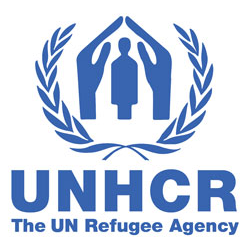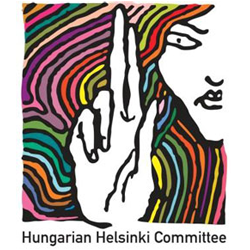Main Debates
- What are the causes of migration?
- Is the model of push-pull factors adequate?
- Can migratory processes be managed?
- Does migration management simply redirect or reclassify migrants?
Main Points
- Absence of a single theory explaining migration
- The start and the continuation of a migratory process may have different causes
Migration management:
- Varied tools
- Short v. long term perspectives
- Often unexpected results
Readings
Core
- D. Massey, J. Arango, G. Hugo, A. Kouaci, A. Pellegrino, and E. Taylor, ‘Theories of International Migration: A Review and Appraisal’, Population and Development Review, vol. 19, no. 3 (September 1993), pp. 431–466.
- R. King, ‘Theories and Typologies of Migration: An Overview and a Primer’, Willy Brandt Series of Working Papers in International Migration and Ethnic Relations, vol. 3, no. 12, (Malmö University: Institute for Studies of Migration, 2012).
- G. S. Goodwin-Gill, The UN Audiovisual Library of International Law: ‘International Migration Law: General Introduction’.
Extended
- E. Fussell, ’Space, Time, and Volition: Dimensions of Migration Theory, in M.R. Rosenblum and D.J. Tichenor (eds.) The Oxford Handbook of the Politics of International Migration, (Oxford: Oxford University Press, 2012), pp. 25-52.
- S. Castles, H. De Haas, and M. J. Miller, The age of migration: international population movements in the modern world, (Houndmills: Palgrave, 2013), pp. 25 – 54.
- G. Appave, ‘Emerging legal issues in international migration’, in B. Opeskin, R. Perruchoud and J. Redpath-Cross (eds.), Foundations of International Migration Law (Cambridge: Cambridge University Press, 2012), pp. 390-418.
- A. Betts, Forced Migration and Global Politics, (Chichester: Wiley-Blackwell, 2009), pp. 60–79.
- C. B. Brettel and J. F. Hollifield, ‘Migration Theory Talking across Disciplines’, in C. B. Brettel and J. F. Hollifield (eds), Migration Theory Talking across Disciplines (New York: Routledge, 2008), pp. 1–29.
- R. Skeldon, ‘International Migration as a Tool in Development Policy: A Passing Phase?’, Population and Development Review, vol. 34, no. 3 (March 2008), pp. 1–18.
- E. Guild, Security and Migration in the 21st Century (Cambridge: Polity Press, 2009), pp. 176-191.
- A. Portes and J. DeWind, ‘A Cross-Atlantic Dialogue: The Progress of Research and Theory in the Study of Migration’, International Migration Review, vol. 38, no. 3 (Fall 2004), pp. 828–851.
- A. Zolberg, ‘Matters of State: Theorizing Immigration Policy’, in C. Hirchman, P. Kasinitz and J. DeWind (eds), The Handbook of International Migration: The American Experience (New York: Russell Sage Foundation, 1999), pp. 71–93.
Editor’s Note
As the readings demonstrate, there is no single theory of migration. Theories of international migration attempt to explain migration at different levels (i.e., ranging from the individual, family, or community, to the national and global) and focus on various aspects of migration (i.e., forces that ‘trigger’ migration or factors that sustain it). Even the most widely held convictions – about the sovereign right and the economic incentives to exclude the foreigners – may be challenged.




